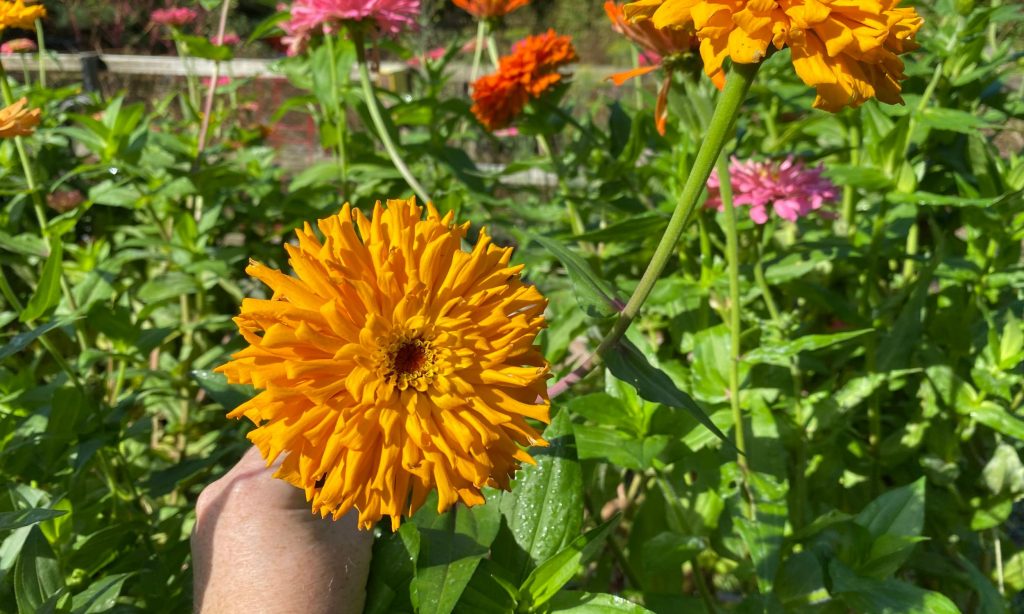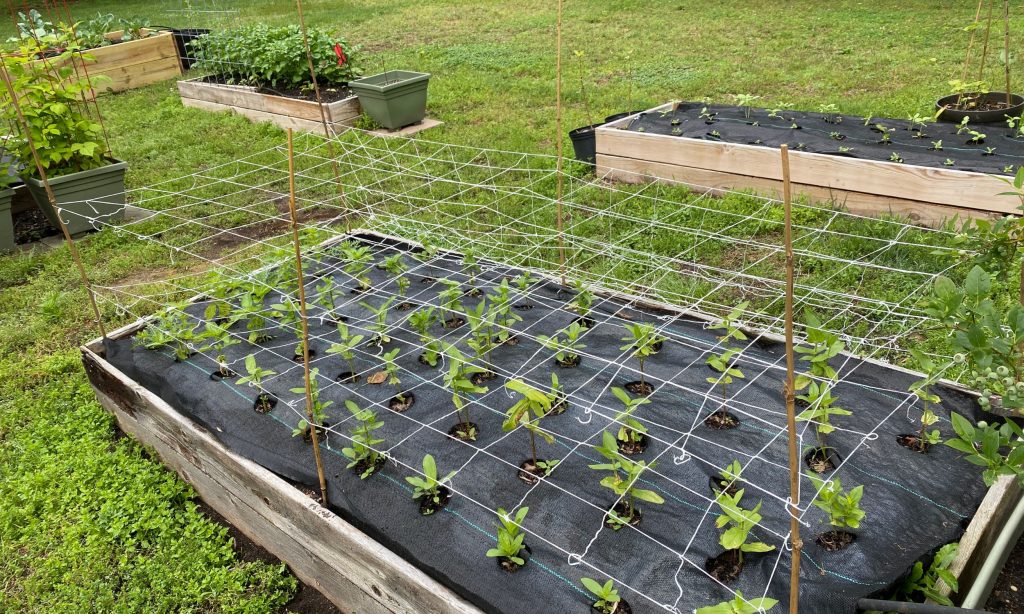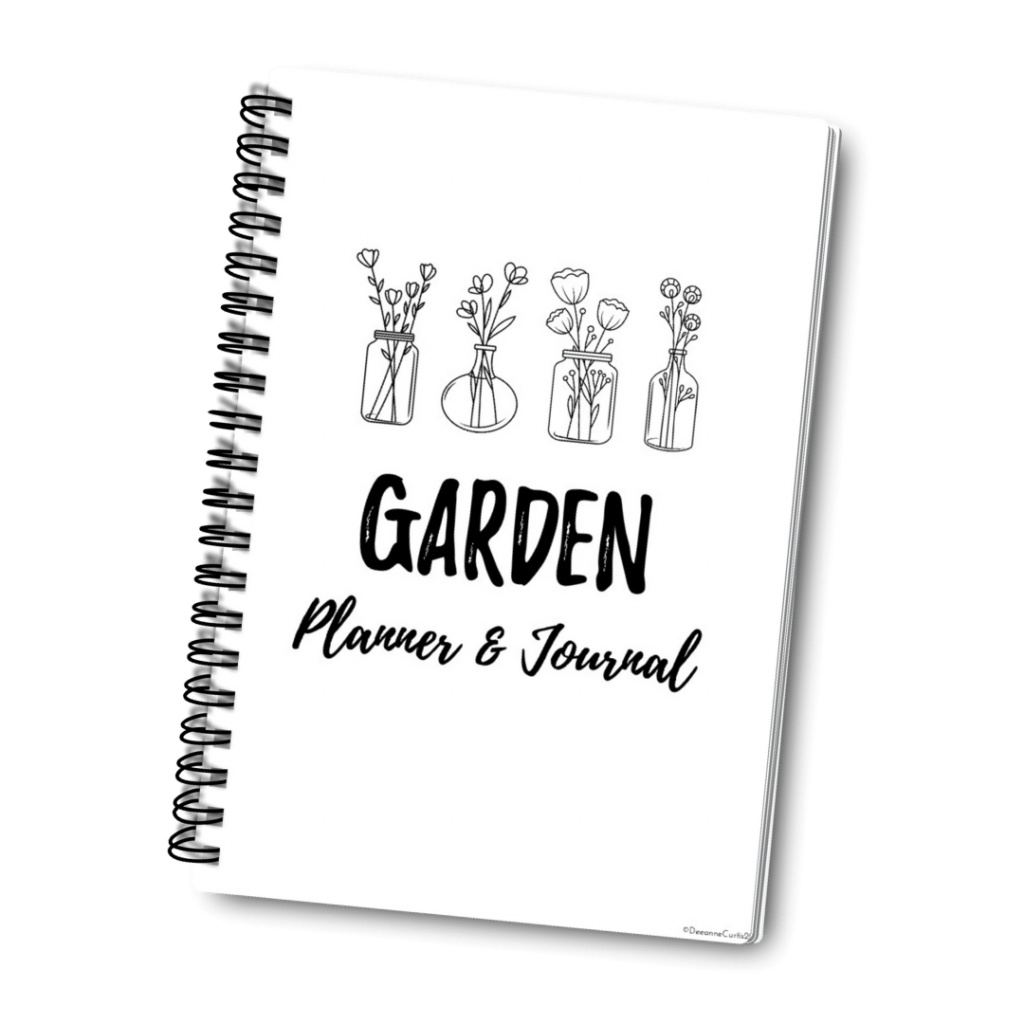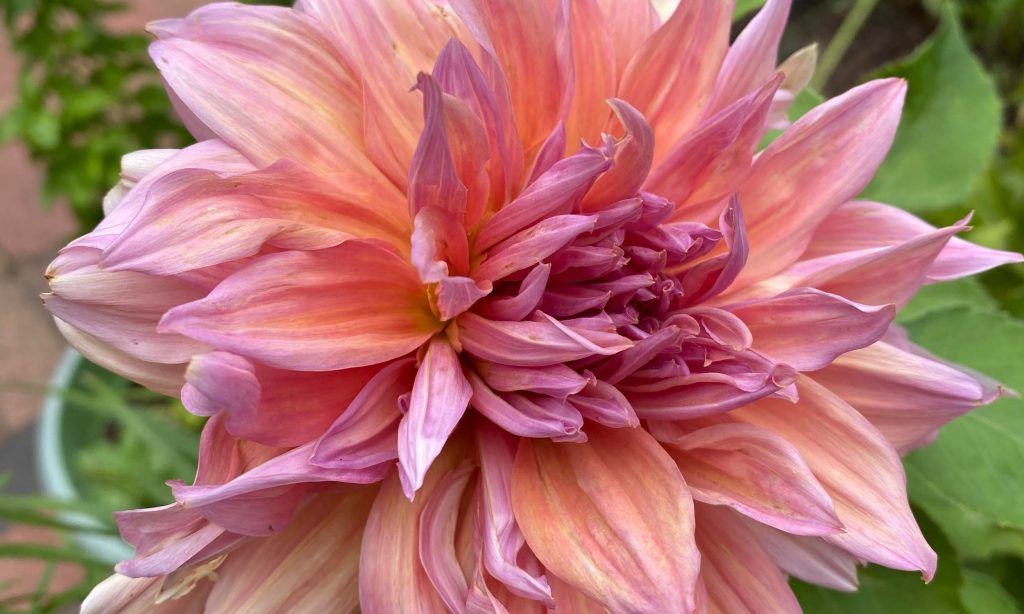How to Start a Cut Flower Garden
Have you ever looked at a bouquet of flowers and wished you could have something similar in your own garden? Well, there’s good news—with a little bit of planning, you can! In this blog post, we’ll walk you through everything you need to start your own cut flower garden, from deciding why you want to grow your own flowers to gathering the necessary supplies. By the time you’re finished reading, you’ll be on your way to having a beautiful garden of your own.
A cut flower garden is a great way to add color and beauty to your yard while also providing you with fresh cut flowers for your home. Starting a cut flower garden is easy and only requires a few simple steps. First, decide what type of cut flowers you would like to grow. Some popular choices include roses, daisies, and lilies. Once you have chosen your flowers, purchase seedlings or bulbs from your local nursery or online. Be sure to select varieties that are well-suited to your climate and soil type. Next, prepare the planting bed by tilling the soil and removing any rocks or debris. Once the bed is prepared, plant the seedlings or bulbs according to the instructions on the package. After planting, water regularly and fertilize as needed to ensure healthy growth. With a little care and attention, you will soon have a beautiful cut flower garden that you can enjoy all season.
Disclosure: Some of the links below are affiliate links, meaning, at no additional cost to you, I will earn a commission if you click through and make a purchase.

Why Grow Your Own Cut Flowers?
One of the first questions you might be asking is, “Why should I grow my own flowers?” There are actually quite a few reasons! For one thing, store-bought bouquets can be expensive, and they often don’t last very long. But if you grow your own flowers, you can have fresh blooms all season long—and they’ll cost less than buying them from a florist. Plus, it’s just really satisfying to be able to step out into your garden and pick some beautiful flowers for your home. Trust us, once you start growing your own flowers, you won’t want to stop!
What Supplies Do You Need?
Now that we’ve convinced you that growing your own cut flowers is a great idea, let’s talk about what supplies you’ll need to get started. Here are the basics:
Seeds or Bulbs: You’ll need some sort of seed or bulb to get started. You can buy these online or at your local nursery. Just make sure to choose varieties that are known for being good cut flowers (more on that later).
Pots or Containers: If you’re starting your plants indoors, you’ll need some pots or containers to put them in. These can be anything from plastic cups to small pots—just make sure they have drainage holes so the roots don’t get waterlogged. peat pots: These are specially designed pots made out of biodegradable materials that can be planted directly into the ground. They’re great for seedlings and small plants that might not survive being transplanted.
Soil: Of course, no plant can grow without soil! You can use potting mix or garden soil for your plants; just make sure it’s loose and airy so the roots can breathe.
Fertilizer: Fertilizer will help give your plants the nutrients they need to grow big and strong. You can buy fertilizer specifically for flowers at most nurseries or gardening stores.
Water: Your plants will need plenty of water to survive—they might even need watering twice a day during particularly hot weather. A watering can or hose with a sprinkler attachment will make things easier.
Sunlight: Most cut flowers need at least six hours of sunlight per day in order to bloom well. If you don’t have a spot in your yard that gets that much sun, consider growing your flowers in containers so you can move them around as needed.
Support Stakes: Some taller varieties of cut flowers will need support stakes in order to stay upright. Bamboo sticks or metal rods work well for this purpose.
Pruning Sears: You’ll need something sharp to cut the stems of your flowers once they’re ready to harvest. A pair of secateurs (also called pruning shears) will do the trick nicely.
Now that we’ve gone over the basics, let’s talk about how to choose the right varieties of flowers for your garden.

Choosing the Right Varieties
When it comes to choosing which varieties of flowers to grow, there are two main things you’ll need to consider: climate and color. Let’s start with climate… Depending on where you live, some flower varieties will do better than others. If you live in an area with hot summers and cold winters, choose annuals that can tolerate both extremes (some examples include zinnias, marigolds, and cosmos).
If you live in an area with milder weather year-round, Consider growing perennials instead; these include favorites like lavender, tulips, and pansies. As for color… well, that’s entirely up to you! Pick whatever hues strike your fancy and create a palette that makes you happy. Remember—this is YOUR garden, so go wild!
We order our flower seeds from Burpee and our perennials from Easy Grow Bulbs.
Learn More-

Creating a Plan
If you’re thinking about starting a cut flower garden, the first thing you need to do is sit down and make a plan. This may seem like a tedious task, but it’s essential for ensuring that your garden is successful.
First, you need to decide what type of flowers you want to grow. Cut flowers come in a wide variety of shapes, sizes, and colors, so it’s important to choose varieties that will compliment each other. You also need to think about how much space you have available and how much time you’re willing to dedicate to your garden.
Once you’ve decided on these factors, you can begin to map out your garden and choose the best location for each type of flower. With a little planning and preparation, you can create a cut flower garden that will provide you with beautiful blooms all season long.
Organizing your cut flower garden with a garden planner and journal is a great way to get the most out of your growing space. Planning ahead gives you the opportunity to map out where each different type of flower will go, and how many of each you’ll need to grow.
It’s also a good idea to keep track of which flowers are blooming when, so you can extend the season by stagger planting. And finally, keeping a journal allows you to look back on previous years and learn from your mistakes (or successes!).
All in all, using a garden planner and journal is an easy and effective way to get the most out of your cut flower garden. I don’t know what I would do without ours!!

This garden planner has everything you need to plan a successful garden. There’s space to take notes, set goals, and jot down your wishlist for your garden. Plus, it’s printable!!
Get it NOW!!How to Start a Cut Flower Garden
First, you’ll need to choose the location for your new garden. Ideally, it should be in an area that receives at least 6 hours of direct sunlight each day. If there are any areas in your yard or garden where flowers seem to thrive naturally, this is likely the best spot for your cut flower garden.
Once you’ve chosen a suitable spot, it’s time to plan out what types of plants you want to include in your garden. Some good choices include annuals like zinnias, sunflowers, and marigolds, as well as perennials like daisies, lavender, and cosmos.
After you’ve chosen the plants for your garden, select a type of soil that is rich in nutrients and will drain well. Generally speaking, loamy soil is ideal because it allows both air and water to flow through easily. It’s also important to add plenty of compost to the soil before planting or transplanting your flowers to help keep them healthy throughout the season.
Once you’ve prepared the soil and planted your cut flowers, all that’s left is to enjoy their beauty! Be sure to water them regularly at first – especially during hot summer months – but once they’re established they should be able to tolerate periods of drought.

Harvesting Your Flowers
When cutting you flowers you want to make sure that you do it right so that they last longer. We are going to discuss how to cut your flowers and what you can do to help them stay fresh longer.
First, you need to use a sharp pair of pruners or scissors when cutting your flowers. This will help you make a clean cut which will significantly decrease the amount of damage that is done when removing the stem from the plant. Next, you want to make sure that you give your plants enough time. Try not to harvest all of your flowers at one time because this can stress out the plant and reduce its overall health. Instead, try harvesting throughout the season as this will allow for individual stems in each flower bed to have time for energy reallocation without damaging the entire plant.
Another helpful tip to help your flowers last longer is to keep them cool. When you cut the stems of your plants, try not to leave them sitting out in the sun. This can cause irreversible damage and shorten their life span significantly. Instead, store them away from direct sunlight in a cool spot in your home so they don’t overheat or dehydrate too quickly.
And finally, remember that proper care techniques are essential if you want your plants to stay beautiful for as long as possible. Make sure that you change out the water every few days, and trim any dead petals or leaves off regularly to maintain their health and beauty for as long as possible. By following these simple tips, you can help your flowers stay fresh and beautiful for weeks or months at a time!
We hope this blog post has inspired you to start planning YOUR cut flower garden! Growing your own blooms is a fun and rewarding process that anyone can enjoy—no green thumb required! Just remember to start small and focus on varieties that will do well in your climate zone. With a little bit of patience (and TLC), you’ll be rewarded with fresh blooms all season long!

You may also enjoy these related articles:
- Growing in Landscape Mesh for a No Weed Garden
- Choose the Best Sunflower Varieties
- The BEST Places to Buy Cut Flower Garden Seeds
Did you enjoy this article? Want to hear more? Stay in touch! Sign up below to receive weekly tips and inspiration for your homestead.
[convertkit form=3733554]
